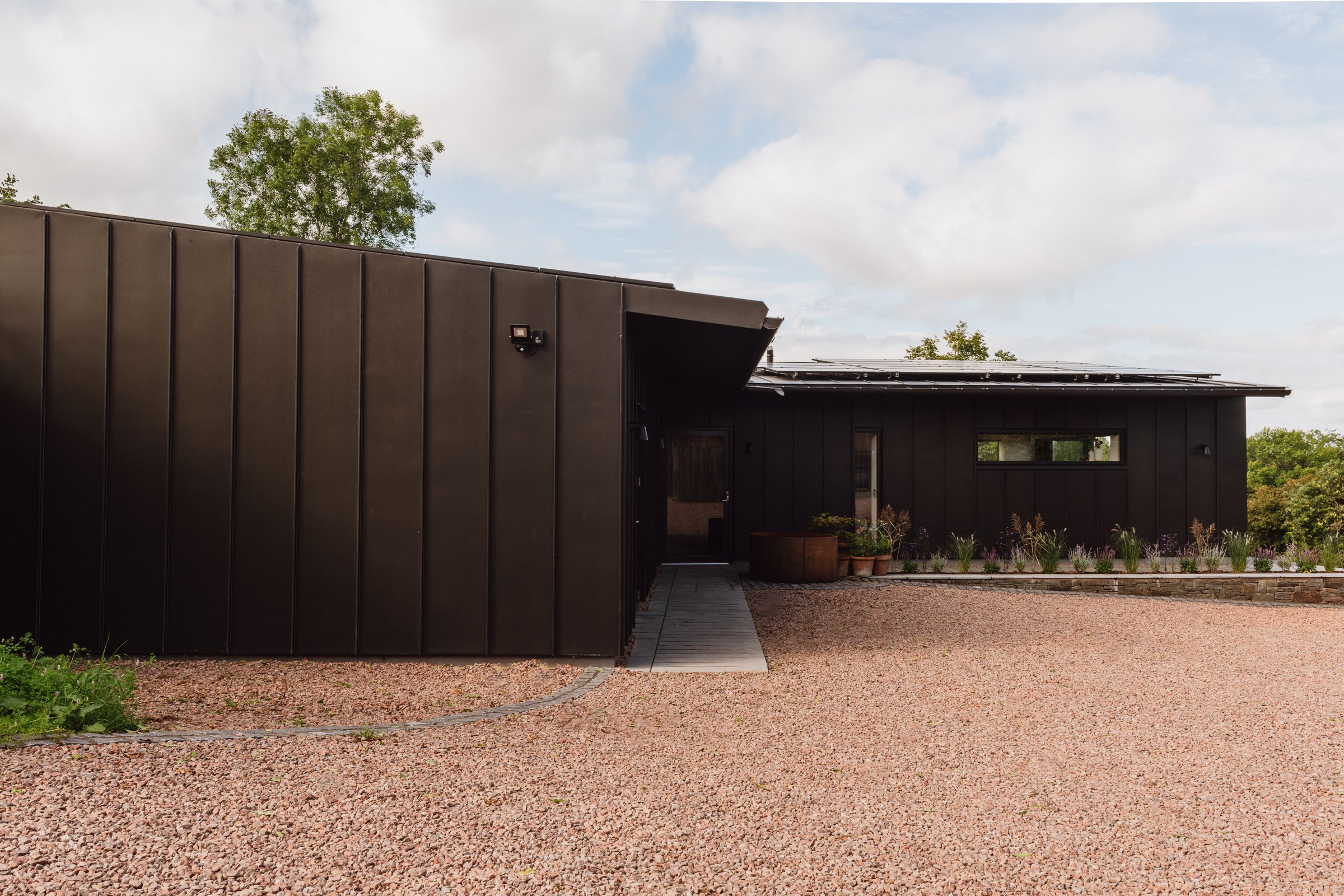Bespoke Homes
Our design-led approach is innovative and creative but always firmly rooted in a realistic grasp of budget and programme.
We have a strong focus on sustainable design, reducing both the impacts of the materials we specify and the ongoing operations and maintenance requirements of the buildings we design.
Natural materials play a big part in our approach. Not only do they have a lower impact environmentally, but they are healthier to work and live with. They age gracefully, developing a natural patina over time, which entices the senses and lends a unique character to spaces.
We have a desire to design beautiful, contextual buildings which are inherently sustainable. We love to create and work as a team, believing strongly in the power of shared thinking to arrive at creative and robust solutions. Over the years of working together, we have honed our design skills, which enables us to utilise many different media to bring you an enhanced service to create your bespoke home.
Residential Projects

What’s the process?
Think it.
RIBA Stage 0 - Strategic Definition
During this stage, we will help clients loosely outline their project brief, including their design ambition and personal priorities. We will help them define a project scope, budget, and programme outline.
Dream it.
RIBA Stage 1 - Preparation and Brief
At RIBA Stage 1, we will use the information gathered at the previous stage to define a project brief in more detail. Usually, this will include gathering information about the site in the form of surveys and photographs, undertaking feasibility studies, carrying out an initial risk assessment and developing a sustainability strategy. We will also use our experience to advise regarding project costs and a likely procurement route.
At this stage, we will also identify the requirements for any other consultants and assemble a design team with clear team roles and responsibilities.
We will also identify whether pre-app planning discussion with the local authority may be useful to help guide the design development and increase support for a planning application at RIBA Stage 3.
Sketch it.
RIBA Stage 2 - Concept Design
This is the first of 3 main design stages and includes the first design visualisations in response to the brief. These early designs might include options that are discussed and adapted in meetings and workshops with the client.
This stage also includes a first outline structural and building services strategies, as well as an outline specification. This information can feed into an updated project cost plan. At this stage, we will also consider relevant Research & Development opportunities that may feed into the design. This might include technological advancement, new materials or solutions that could improve the project.
Plan it.
RIBA Stage 3 - Developed Design
Once a concept design has been agreed upon, a coordinated design is developed alongside a structural strategy, building services and a cost exercise. Designs are drawn up clearly in CAD, and the details of the scheme will start to be defined, referring back to the project brief and sustainability strategy to guide decisions.
At the end of this stage, we will prepare and submit a planning application. This will include any necessary information, such as a Design and Access Statement or Heritage Statement as required.
Detail it.
RIBA Stage 4 - Technical Design
This stage involves refining the existing design, essentially preparing the necessary information to tender and construct the project. This will include detailed drawings, specifications and the preparation of a Building Control submission for Building Regulations Approval.
This stage may also involve working with specialist subcontractors, such as a window manufacturer or joinery firm, to develop the details and accurately price the project. The level of detail required at this stage will vary depending on the nature of the project, the procurement route and level of information provided directly from sub-contractors.
Build it.
RIBA Stage 5 - Construction
This is the stage where the appointed contractor will start constructing the project, and the architect will be on hand to answer queries and inspect the work as it progresses.
Our role will vary at this stage, depending on the procurement route. If the procurement route is traditional, we can act as contract administrators, including tasks such as tendering the project, preparing contract documents, issuing instructions and payment certificates and identifying defects.
Live it.
RIBA Stage 6 & 7 - Handover + In use
Handover takes place at the conclusion of the building contract, once the contractor has rectified any defects and the building is deemed to have reached Practical Completion in accordance with the contract drawings and documentation.
A sum of money may be held in retention for between 6 and 12 months to cover any defects that occur during this period, which the contractor must rectify.
The in-use stage covers an aftercare service to clients and post-occupancy feedback for us, the architects. We can offer services that include monitoring the building's energy performance and advising on how best to use or adapt building services to optimise performance in line with the sustainability strategy.
Then, all that is left is to sit back and enjoy the space!










